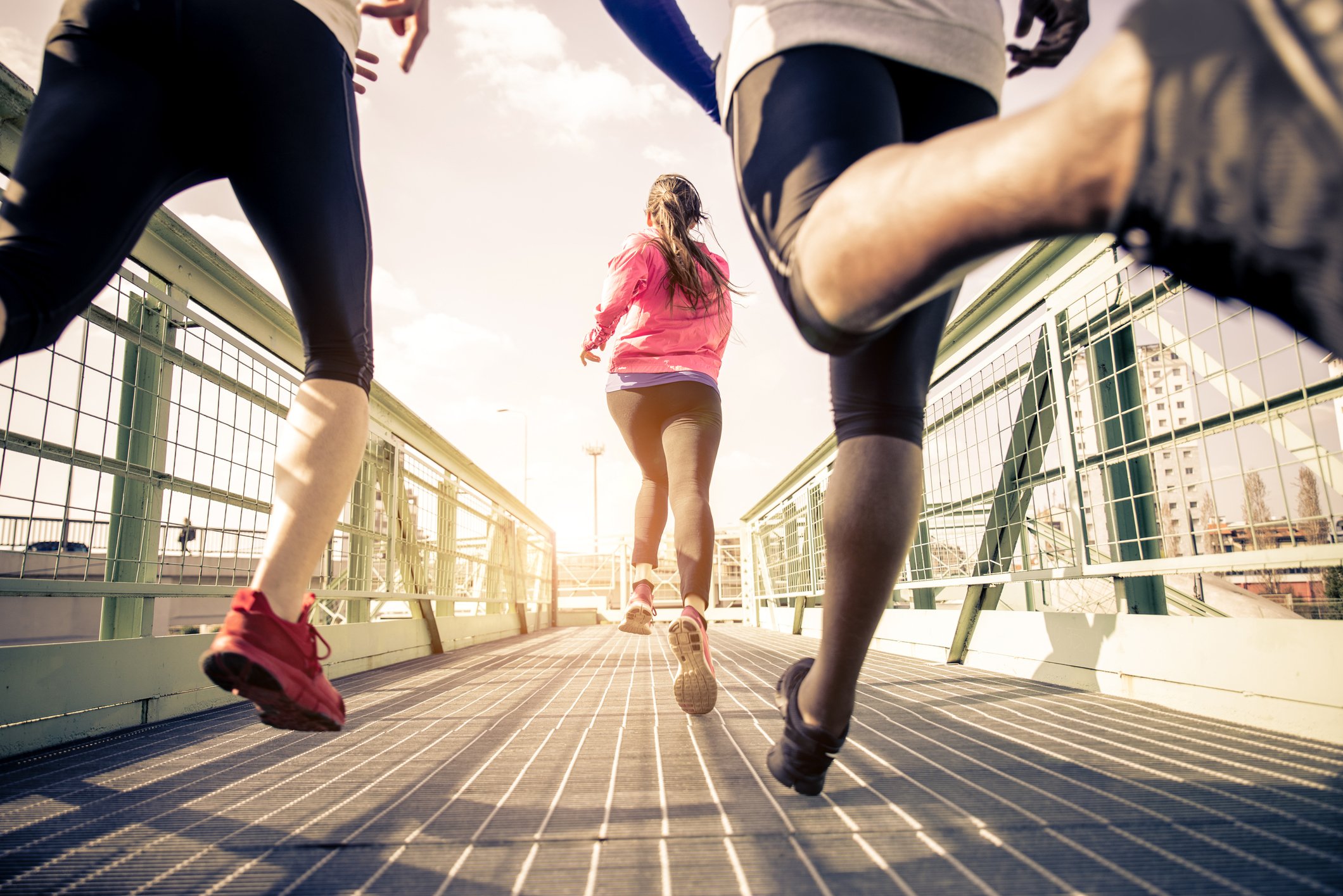
Source: Under Armour.
In the world of elite athletics, what's the most important prerequisite for turning in a stellar performance?
Much to the simultaneous chagrin and delight of Under Armour, (UA +4.00%), I'd be willing to wager nearly every athlete in the world wouldn't answer "Technology."
A temporary scapegoat
On one hand, this is Under Armour's first Winter Olympics as a sponsor of the U.S. speed skating team, so you can bet the company wanted to see as many medals as possible from athletes donning its gear.
Alas, Under Armour was left doing damage control last week after a mesh vent in its widely hyped "Mach 39" skin suit was suspected of slowing down its skaters. With more than half their races already complete, not one member of the team had managed to make their way to the medal podium.
That's not to say they didn't have promise; going into the games, Heather Richardson and Brittany Bowe were widely expected to win gold and silver, respectively, in the women's 1,000-meter race. And having just won three of the four most recent men's World Cup events -- in a different Under Armour suit, mind you -- veteran Shani Davis also entered as the heavy favorite to win his third Olympic gold in the men's 1,000.
It wasn't the suit
On the other hand, it would have been terribly embarrassing for Under Armour if the U.S. speed skaters began racking up medals after either doing away with the vent or switching back to their old suits.
As it turns out, the team has already tried both to no avail.
Sure enough, even after Richardson had an Under Armour seamstress alter the suit last Thursday to cover the mesh, she still "only" placed seventh in the women's 1,000.
Worse yet, the team still failed to medal after switching back to their proven World Cup suits on Friday. In the four races since then, the best finishes came from Richardson and Brian Hansen, who each placed seventh in their respective 1,500-meter events.
With every individual event completed and only the team pursuits remaining, U.S. speed skaters are now facing the possibility of taking home zero Olympic medals in these games. For some perspective, the last time that happened was in 1984, a full 12 years before Under Armour was even founded.
It's not all in their heads
Fortunately for Under Armour, people mostly seem to be done blaming the suit for now.
So what happened?
According to Hansen's coach, Nancy Swider-Peltz Sr., the U.S. team simply came ill-prepared.
In fact, Swider-Peltz says she was apparently against the team's decision to train at high altitude in Collalbo, Italy, before the Games, where the ice is faster with low humidity and less air resistance. She went further, saying, "Collalbo was a big mistake. I'm going to get in trouble for it, but I don't care anymore. I am tired of not being believed."
Meanwhile, the Dutch team has trained near sea level their entire lives, and currently boasts an astounding 21 medals at these games to show for it.
Here's where Under Armour stands
However, this doesn't mean Under Armour is completely off the hook.
After all, even if Under Armour's new suit is the fastest in the world, it may have served as an unnecessary distraction given its introduction so very close to the Olympics. When the athletes didn't perform as expected, they were left with yet another variable to rule out in their efforts to figure out what was wrong.
And I'll admit it's hard to blame them for looking to the suit first. Since it was unproven in actual competition, it was the easiest thing for them to change. But by that time, the damage may have already been done, with their confidence shaken.
This could also undermine Under Armour's often-boisterous claims of the advantages afforded by superior performance apparel, a not-so-gentle reminder that athletics are much more complicated than they might seem on the surface.
Tomorrow morning will bring the quarterfinals in both the men's and ladies' team pursuits. Regardless of what (or who) is to blame for their struggles so far, don't forget we're still watching some of the world's greatest athletes at work. In the end, even if they don't deliver a top-three performance in their final events, they still deserve our respect and support.






